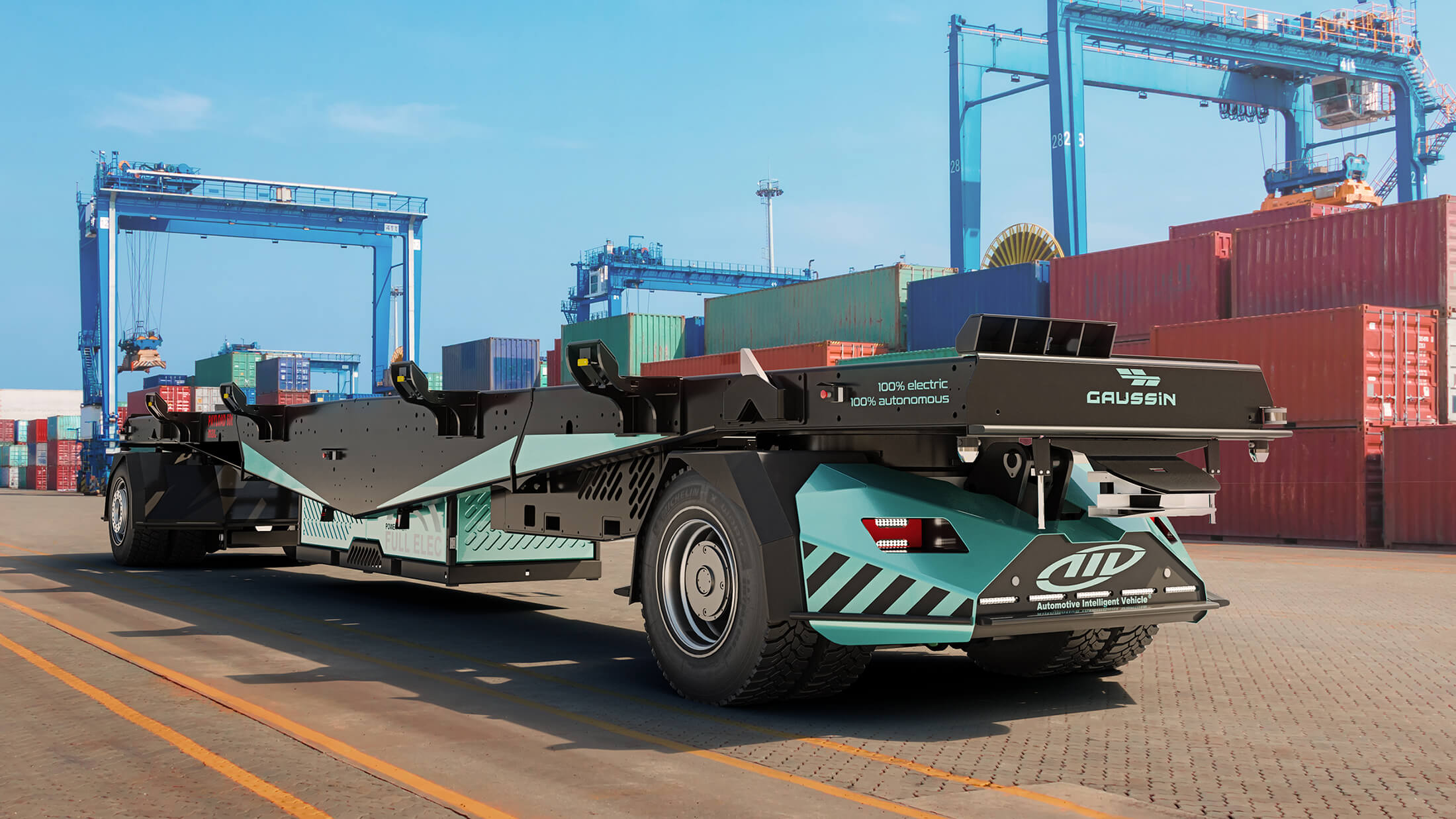
ATT Overview
Automated Terminal Trailers (ATT) transform logistics through automation innovations. These trailers improve port operations, boosting efficiency and enabling digital transformation. ATT systems deliver higher efficiency, lower costs, and improved safety. Automation reduces expenses and accident risks, presenting a sustainable solution for logistics.
Key Features and Technologies
Self-driving trailers utilize real-time monitoring and load optimization for precise cargo handling. Coordination and automation shape the future of logistics, integrating GPS and AIS. Designed for heavy-duty use, ATT trailers handle significant loads reliably. Their robust construction ensures longevity, while maintenance features minimize downtime, enhancing yard performance.
Challenges and Future Prospects
Despite benefits, ATT faces hurdles needing advancements in yard management and equipment control. Innovations aim to overcome limitations and enhance efficiency. ATT evolves with innovations like cloud-based TOS and RFID for better consignment tracking and vessel movements, securing its role as a critical logistics tool. The rising automation demand creates jobs in ATT development and operations, fostering growth and technological advancements while keeping businesses competitive.
Comparison
| Feature | Traditional Trailers | ATT |
|---|---|---|
| Efficiency | Low | High |
| Safety | Manual Risks | Enhanced Features |
| Cost | High | Reduced |
| Cargo Handling | Manual | Automated |
| Innovation | Limited | Advanced |
Video
Conclusion
Automated Terminal Trailers revolutionize logistics with advanced technology, enabling efficient operations and fostering sustainable practices. As ERP and cloud computing shape the industry, ATT remains a cornerstone for future growth.
